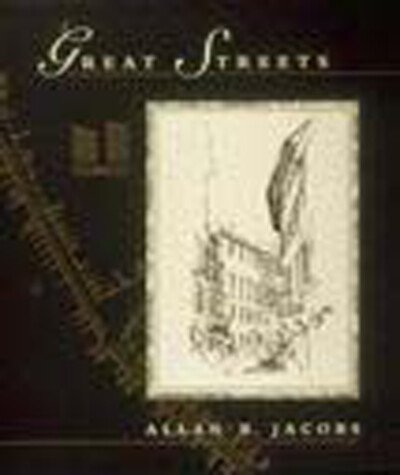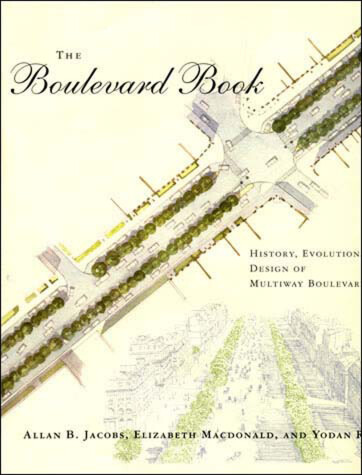The MIT Press
2 total works
An extensive introduction discusses the importance of streets in creating communities and criteria for identifying the best streets. The essays that follow examine 15 particularly fine streets, ranging from medieval streets in Rome and Copenhagen to Venice's Grand Canal, from Parisian boulevards to tree-lined residential streets in American cities. Jacobs also looks at several streets that were once very fine but are less successful today, such as Market Street in San Francisco, identifying the factors that figure in their decline.
To broaden his coverage, Jacobs adds briefer treatments of more than 30 other streets arranged by street type, including streets from Australia, Japan, and classical antiquity in addition to European and North American examples. For each of these streets he has prepared plans, sections, and maps, all drawn at the same scales to facilitate comparisons, along with perspective views and drawings of significant design details.
Another remarkable feature of this book is a set of 50 one square-mile maps, each reproduced at the same scale, of the street plans of representative cities around the world. These reveal much about the texture of the cities' street patterns and hence of their urban life. Jacobs's analysis of the maps adds much original data derived from them, including changes of street patterns over time.
Jacobs concludes by summarizing the practical design qualities and strategies that have contributed most to the making of great streets.
A celebration of the multiway boulevard and an argument for its revival, with design guidelines and historic examples.
First built in Europe and grandly imported to the United States in the mid-nineteenth century, the classic multiway boulevard has been in decline for many years, victim of a narrowly focused approach to street design that views unencumbered vehicular traffic flow as the highest priority. The American preoccupation with destination and speed has made multiway boulevards increasingly rare as artifacts of the urban landscape. This book reintroduces the boulevard, tree-lined and with separate realms for through traffic and for slow-paced vehicular-pedestrian movement, as an important and often crucial feature of both historic and contemporary cities. It presents more than fifty boulevards-as varied as Avenue Montaigne, in Paris; C. G. Road, in Ahmedabad, India; and The Esplanade, in Chico, California-celebrating their usefulness and beauty. It discusses their history and evolution, the misconceptions that led to their near-demise in the United States, and their potential as a modern street type.
Based on wide research, The Boulevard Book examines the safety of these streets and offers design guidelines for professionals, scholars, and community decision makers. Extensive plans, cross sections, and perspective drawings permit visual comparisons. The book shows how multiway boulevards respond to many issues that are central to urban life, including livability, mobility, safety, interest, economic opportunity, mass transit, and open space.

